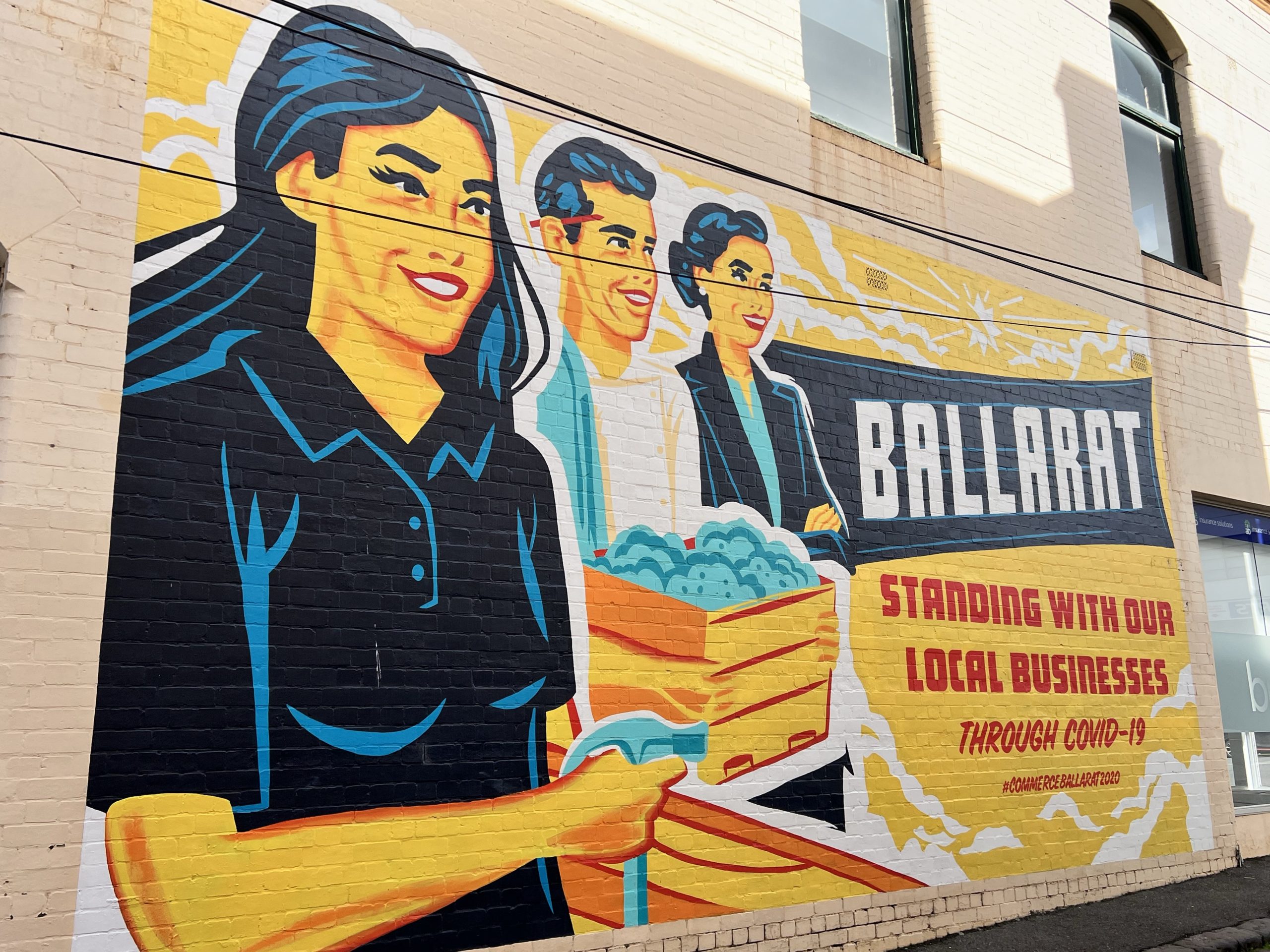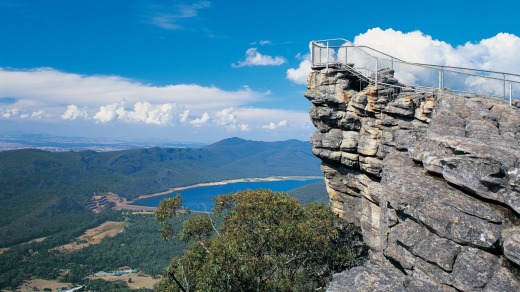
There are several zoos to visit in Melbourne and beyond, some public and some privately owned. If you are around the Grampians National Park, you can visit this top-notch wildlife park – Halls Gap Zoo – with breeding and conservation programs and a natural bush setting.
Here you can get up close to Australian native animals such as wallabies, dingoes, quolls, Tasmanian devils and wombats, in addition to exotic species such as cheetahs, southern white rhinos, giraffes, meerkats and spider monkeys. There are plenty of reptiles and birds too.

This is Victoria’s largest regional zoo, featuring over 160 species of native & exotic mammals, reptiles and birds. It was a short 15 minutes drive from our accommodation in Halls Gap to the zoo, located nearer to Ararat.

After paying the entrance fee, we went into the zoo and was greeted by a peacock strolling near some dustbins. It had beautiful plumage but did not open up its feathers for us.

In the reptiles enclosure, there were various reptiles on display in the dark, with some red light to aid visitors to spot the creatures, such as snakes, anacondas, monitor lizards etc.



This monitor lizard has such a nice coat of scaly skin, that seems to camouflage it well in the natural surroundings. Based on its size, it is around the length of our arms outspread.

A disused children’s playground. I can imagine it bustling with activity during summer, but in winter there were not many kids playing here.

Guinea pigs were feeding on vegetables such as cauliflower and carrots. They look like distant cousins of rabbits.

There were certain animals that we could feed at the park, such as deer, kangaroos, wallabies, goats and Himalayan tahr. We purchased a pack of special animal food at the entry. These inquisitive deer, probably sniffing that we had food around, kept following us around.

The cheetah is a large cat and native to Africa and central Iran. It is the fastest land animal. There is a cheetah encounter ($100) that visitors can sign up for. When we visited the cheetah, it was lazing around and watched us with its predator eyes. Perhaps it is more of a noctural animal, so it was less active during the day.

Cockatoos are fun-loving, intelligent and energetic parrots, and their food should reflect those traits. One of them even managed to screech a high-pitched “hello” to us. Despite trying to teach the cockatoo new words, it could only repeat the same “hello” back to us.

Tasmanian devils are the largest carnivorous (meat-eating) marsupials in the world. Tasmanian devils live in Tasmania, a large island just south of Australia. However, in this zoo, they also have a few of them being kept here. They have sharp teeth and do not look like animals to be messed around with.


The cassowary is a large, flightless bird most closely related to the emu. Although the emu is taller, the cassowary is the heaviest bird in Australia. It is recognised by the blue coloured headgear. Each 3-toed foot has a dagger-like claw on the inner toe that is up to 4 inches (10 cm) long! The cassowary can slice open any predator or potential threat with a single swift kick.

This is the dingo, which looks like a domesticated dog. Known for their big voices, they use their tuneful howling to communicate with other “singers.” Generally, most of the dingo’s vocalizations are similar to that of the wolf and dog, but its howl is incredibly unique. When in a group, one singing dog starts singing and then others join in at different pitches, each with its own unique voice.

The ostrich is the largest and heaviest living bird. It was strutting up and down in the enclosure when we visited, looking bored. It was a pity we could not feed it as it is not suited for the special animal food that we purchased. I remember that I had purchased a large ostrich egg as a souvenir in South Africa. It was hand painted and served as a night lamp.

This is the Texas Longhorn, an American breed of beef cattle, characterised by its long horns, which can span more than 8 ft from tip to tip. It derives from cattle brought from the Iberian Peninsula to the Americas by Spanish conquistadores from the time of the Second Voyage of Christopher Columbus until about 1512. It looks so wooly and out of place in Australia, but I suppose that the cold winter weather helps them to keep cool with their long furcoat.

Over to the wallabies enclosure, we had a fun time feeding the daring wallabies who came and approached us. This greedy one kept feeding from our hands and deprived the other friends from the food. Soon after we moved away, we noticed a mother wallaby with a joey who peeked out of the pouch.

Barbary sheep also called aoudad sheep are relatively large sheep native to the dry mountains of Northern Africa. They seemed like hardy creatures that are more interested in the hay than the visitors.

These goats were interlocking horns and fighting with each other in order to get food from our hands.

We spent about two hours at Halls Gap Zoo. It was an enriching experience and we saw so many other species of animals that are not commonly found in the Singapore Zoo. The zoo had a neat layout and separate enclosures for the predators and the prey. The feeding experience was fun too and got us closer to the animals, not forgetting the deer that followed us for a long time. Melbourne city has its own zoo too, so does the Great Ocean Road. If you are visiting Victoria Sate, do make it a point to visit at least one of the zoos to view the animals that are native to Australia.


